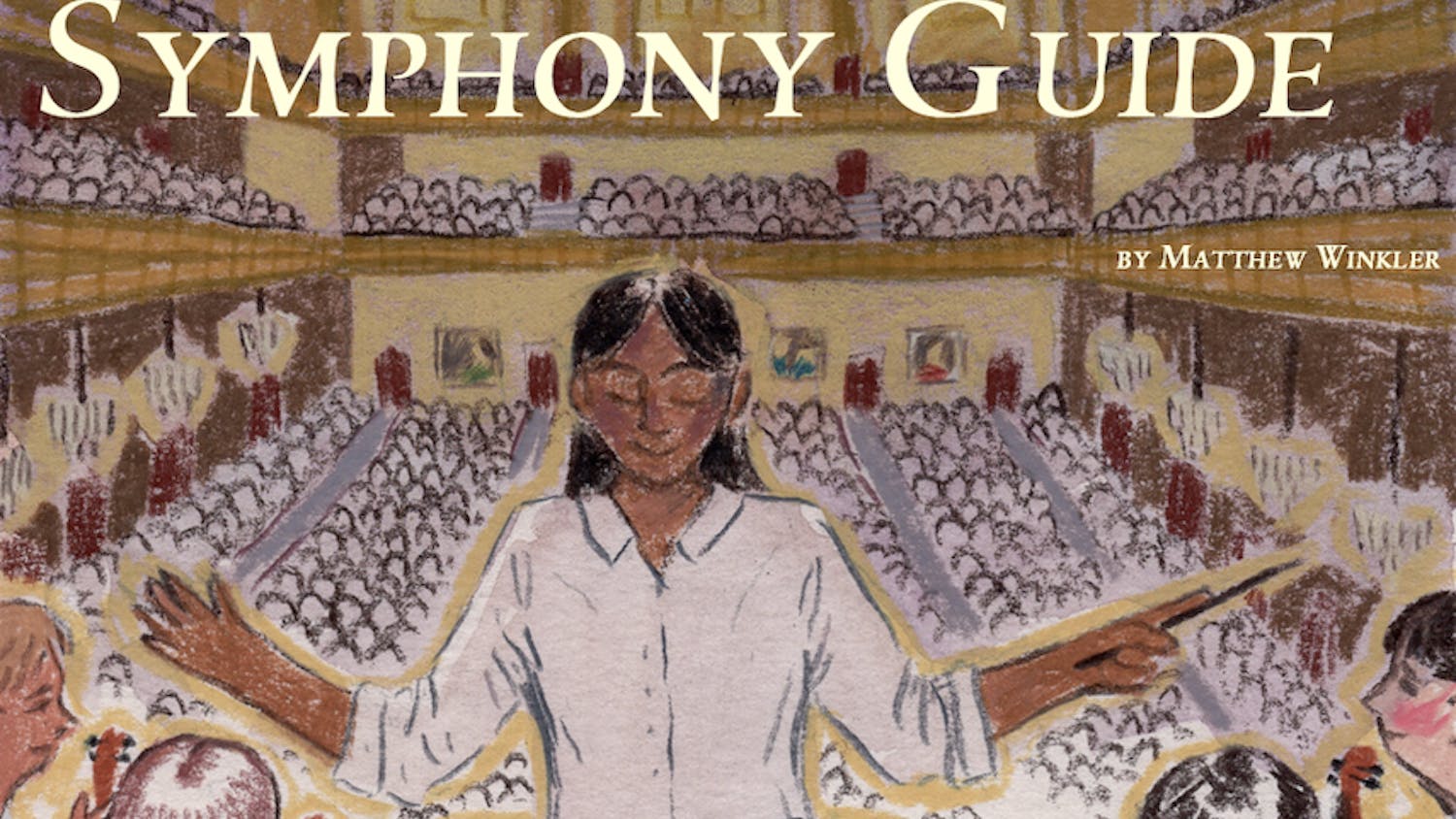Dear Editor,
I have conflicting opinions about Alexa Petersen's Feb. 6 column, "Video Game Violence." The author voices a valid concern about the portrayal of women in video games. Many modern games continue to utilize female characters as nothing but sexualized plot devices: we could spend hours listing examples. It's important to note, however, that there are highly acclaimed games that have fought these stereotypes, something that received little more than an aside in this past piece.
For example, game developer Valve's series "Portal" and "Half?Life" feature women in both playable and non?playable roles that do not fit into the common tropes Petersen pointed out: "Half?Life 2's" strong, independent Alyx Vance is often cited as one of the most positive female characters in gaming. Other prominent examples include Faith from "Mirror's Edge" and Jade of "Beyond Good and Evil." Yes, the list is short, but let's not fail to acknowledge the developers who are actively bucking these trends.
The focus of Petersen's piece, however, was not to discuss the lack of strong female characters in video games and how the gaming industry can improve itself. Instead, the author co?opted the questionable claim that video games "are harmful to young people because of their promotion of indiscriminant violence" to argue that players' behaviors toward and conceptions of women are negatively impacted. Despite what the National Rifle Association (NRA) and many gun rights activists would have us believe, there is no conclusive scientific evidence that playing violent video games makes one more likely to commit actual acts of violence. For a summary of research performed, I suggest reading Jason Schreir's piece "From Halo To Hot Sauce: What 25 Years of Violent Video Game Research Looks Like" on the gaming website Kotaku. Thus, I would be cautious to readily jump from what is already a fragile assumption to state that "images of sexual objectification cannot be too far off from instances of sexual misconduct or assault."
In fact, Petersen's approach to this argument is reminiscent of the tactics used by NRA's executive vice president Wayne LaPierre. In his response to the Sandy Hook Elementary School shootings, he blamed "vicious violent video games, with names like Bulletstorm, Grand Theft Auto, Mortal Kombat, and Splatterhouse," but he did not offer any proactive solution, nor any understanding of video games. Petersen's condescending tone towards the subject and players echoes those seeking to blame video games for violence, people who have rarely, if ever, touched a gaming controller.
Has Petersen ever played any of the video games she mentioned? Some of her examples feel outdated (Zelda disguised herself as a ninja and trained the player's character in "The Legend of Zelda: Ocarina of Time"; Princess Peach is becoming well known in go?kart racing circuits as well as in the popular game Super Smash Bros.). I don't expect everyone to have played every game in question, but I think criticizing this medium without experiencing it can only lead to misunderstandings.
Important to Petersen's argument is her image of gaming's audience as a "predominantly young boy viewership," a misconception that continues to be perpetuated by the non?gaming public. The average gamer is 30 years old and 68 percent of gamers are over the age of 18 (Entertainment Software Association, theesa.com). Furthermore, as with games that feature high levels of violence, the purchase of games with sexual content in the vein of the second stereotype mentioned are age?restricted. Yes, a parent could purchase these games for their child, but we cannot control what content parents show to their children, whether it be television, film or games.
To reiterate, I agree with Petersen that the overall portrayal of women in gaming is ridiculous. Gaming developers must retreat from the notion that players only want to see sexualized female characters in need of saving. As Anita Sarkeesian of Feminist Frequency put it in an interview on Gamespot.com, "The creation of great and complex female characters in video games is an involved process, but ultimately developers are going to have to take some risks and step outside of the expected or established connections." I think Petersen's implications that video games inspire acts of violence and misogyny are flawed, but her observations highlight the gaming industry's need for maturation. By continuing this dialogue, we can help spur change in what is not only a unique visual medium, but an outlet for fun and storytelling.
Sincerely,
Derek DuPont
Class of 2013
--





